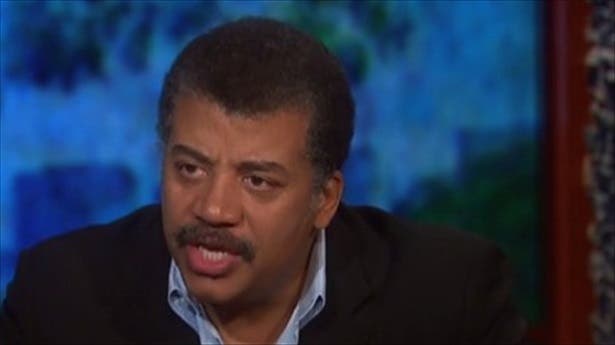Neil deGrasse Tyson, the internet’s favorite astrophysicist, doesn’t have high hopes for Mars One – the private enterprise that plans to send people on a one way trip to Mars. Mars One plans to create a Martian outpost with a crew to land in 2024, sending people 2 by 2; they recently announced the 100 finalists to be the first Martian astronauts.
“So you (a private company) ask ‘who’s with me?’ Answer: No one’s with you. Maybe I’m just out of it, but I just don’t see a business model to sustain journeys to Mars.”

The idea is crazy ambitious (or some would say just crazy) – send volunteers on a one way ticket to Mars, establish a permanent colony there and conduct scientific experiments. It’s not something NASA has in mind, but something that a private Dutch company called Mars One planned. Of course, there are some crazy risks, but people seem willing to take them. But what about the financial costs?
The company estimates it will cost $6 billion to put the first four people on Mars, but that estimate may be well off, even by a factor of 10. Speaking to Business Insider, Tyson explained that this idea seems more like something a government (or even a group of governments) decides to do – not a private enterprise.
“Governments do big expensive things first that have no obvious immediate return on investment,” Tyson said. “Governments can take those risks, so governments go to Mars. Once the costs are understood, the risk factors are contained, then you can establish whether that’s something you can make money on. Now if NASA wants to go to Mars and they pay SpaceX for the space vessel, sure.”
Theoretical physicist and futurist Michio Kaku was even harsher when speaking about the project:
“This has the atmosphere of a circus, where you have amateurs simply raising their hand, volunteering to be the first person on Mars. They have set impossibly unrealistic deadlines, and the amount of money that you have to have to go to Mars is incredible, perhaps 50 to several hundred billion dollars.
“And given the fact that this will be untested technology, I would assume that the failure rate would be about 90 to 95 percent for a mission of this magnitude. In other words, it’s a tragedy waiting to happen.”
But the risks don’t seem to deter neither the company nor the volunteers. In 2014, a crowdfunding IndieGoGo campaign done by Mars One raised $313,744 for a Mars lander and satellite mission scheduled for 2018. Mars One’s goal for the IndieGogo campaign was $400,000. The 2018 landing is said by the agency to be a “demonstration mission” that provides proof of concept that the technology necessary for a human mission will work. As for the 100 shortlisted volunteers… they’re eagerly fighting for a one-way trip to Mars.


